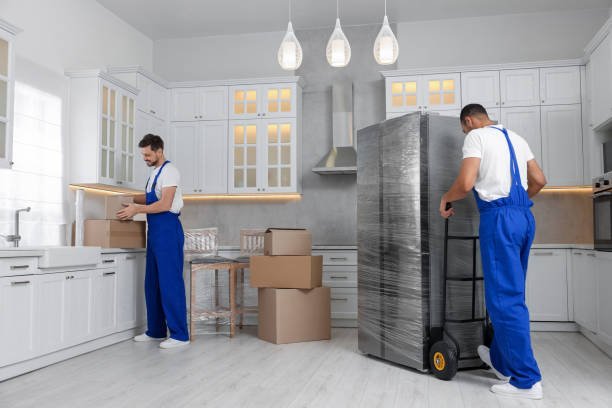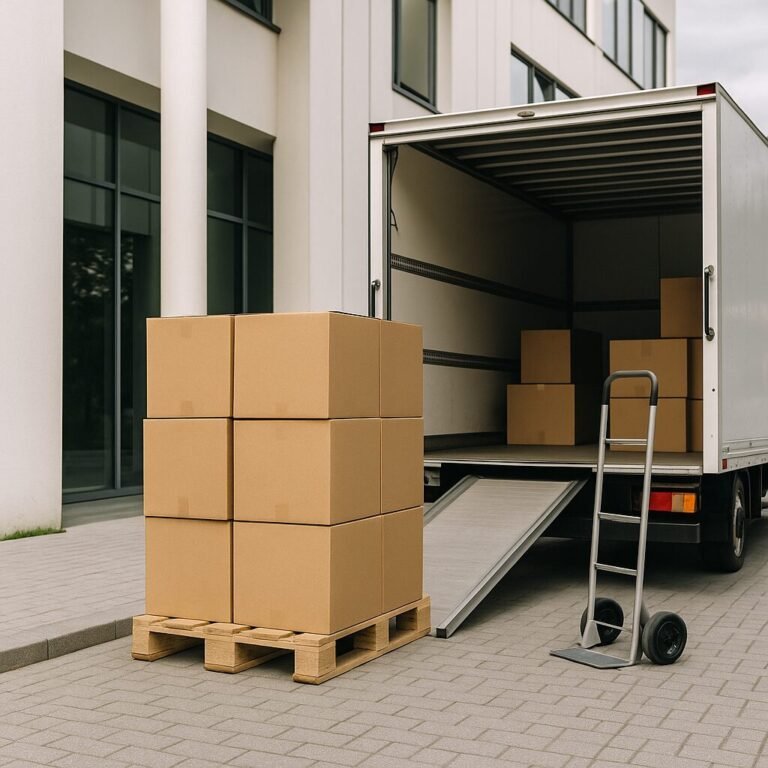Moving Preparation: What to Do with Appliances
Moving isn’t just about packing your belongings; it’s also about properly preparing your appliances. To ensure they survive the move without damage and work just as well in your new home, it’s important to follow a few simple steps.
1. Make a List of Appliances
Before you start, determine which appliances you plan to take with you and which ones you’ll leave behind or dispose of. This will help you assess the workload and avoid unnecessary hassles.
2. Cleaning and Defrosting
- Refrigerator and Freezer: A few days before moving, unplug your refrigerator, defrost it completely, and clean it thoroughly. This will prevent unpleasant odors and mold.
- Washing Machine and Dishwasher: Drain all water from hoses, clean filters, and leave the doors slightly open to let them dry.
3. Protect from Damage
To keep your appliances safe during transport:
- Use the original packaging if you still have it. These boxes usually come with foam inserts to protect the devices from impact.
- If you don’t have the original boxes, wrap the appliances in bubble wrap or blankets. Make sure the cords are securely fastened to prevent them from damaging the exterior.
4. Disassembly
Some appliances can be partially disassembled to make them easier to move. For example:
- Remove detachable parts, such as refrigerator shelves or dishwasher trays. Pack them separately and label them to avoid confusion.
- Secure doors with tape to keep them from opening during transport.
5. Plan for Installation
At your new home, check in advance if there are suitable outlets and connections for your appliances. This is particularly important for large appliances like electric stoves or dryers.
6. Hire Professionals
If you’re moving heavy or complex appliances, like air conditioners or large refrigerators, it’s best to rely on professionals. They know how to properly disconnect, pack, and reinstall these items.
7. Check Before Use
After the move, don’t rush to plug in your appliances immediately. Let them adjust to room temperature, especially if the move occurred in cold weather. Refrigerators, for example, need about 4–6 hours before being turned on to allow the compressor and refrigerant to stabilize.
8. What to Do with Unneeded Appliances?
If you have appliances you don’t plan to take with you, consider selling, donating, or recycling them. Modern e-waste recycling services can help you dispose of old devices in an environmentally friendly way.
Conclusion
Preparing your appliances for a move takes time and attention, but these efforts will pay off in the form of intact and functional devices. By following these recommendations, you can avoid damage, save on repairs, and settle into your new home more easily. Happy moving!









